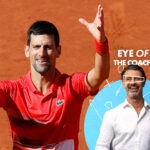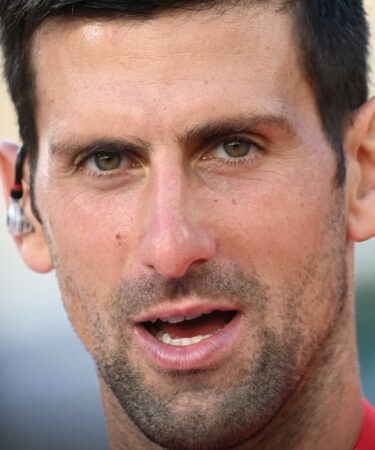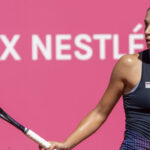“Djokovic didn’t avoid Nadal’s forehand last year, as some would suggest doing” : the tactical keys of the Djokovic vs Nadal matchup
As we prepare of Tuesday’s French Open quarter-final showdown between Novak Djokovic and Rafael Nadal, Mouratoglou Academy analyst Mike James takes a look back at their thrilling 2021 semi-final encounter.
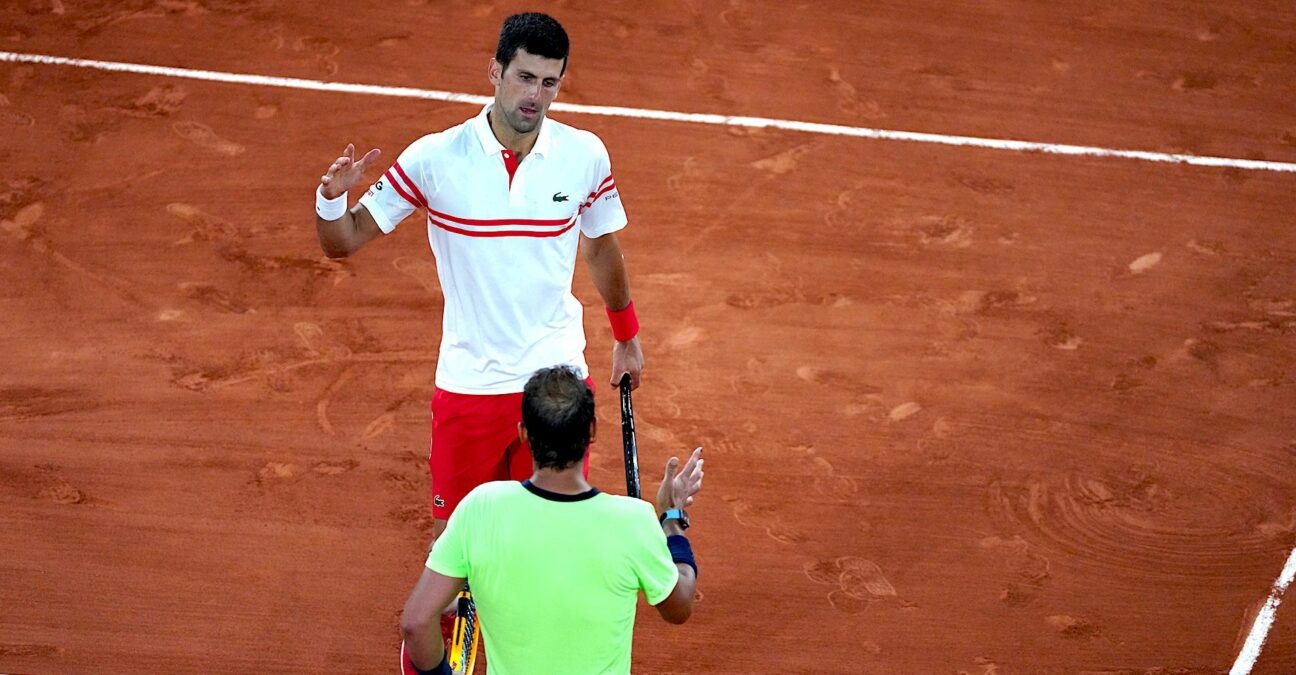 Novak Djokovic and Rafael Nadal, Roland-Garros 2021 © CHINE NOUVELLE/SIPA
Novak Djokovic and Rafael Nadal, Roland-Garros 2021 © CHINE NOUVELLE/SIPA
Novak Djokovic and Rafael Nadal will be squaring off for the 10th time in their careers at Roland-Garros –– and for the 59th time overall — when they clash in the quarter-finals on Tuesday night.
Djokovic is 2-7 against Nadal on the terre battue of Paris, which may not seem like a strong record (2-4 since Djokovic reached the number one spot in 2012). Keep in mind, however, that everyone else is a combined 1-102 at the French Open against the 13-time champion.
Moreover, Djokovic won last year’s semi-final meeting 3-6, 6-3, 7-6(4), 6-2, his greatest achievement on a clay court, even if he beat also a less prepares Nadal in straight sets in 2015. Last year semi-final remains their last match to date.
We asked Mike James, from Mouratoglou Analytics, his reading of the match. Here is a guide to look at the match with expert’s eyes :
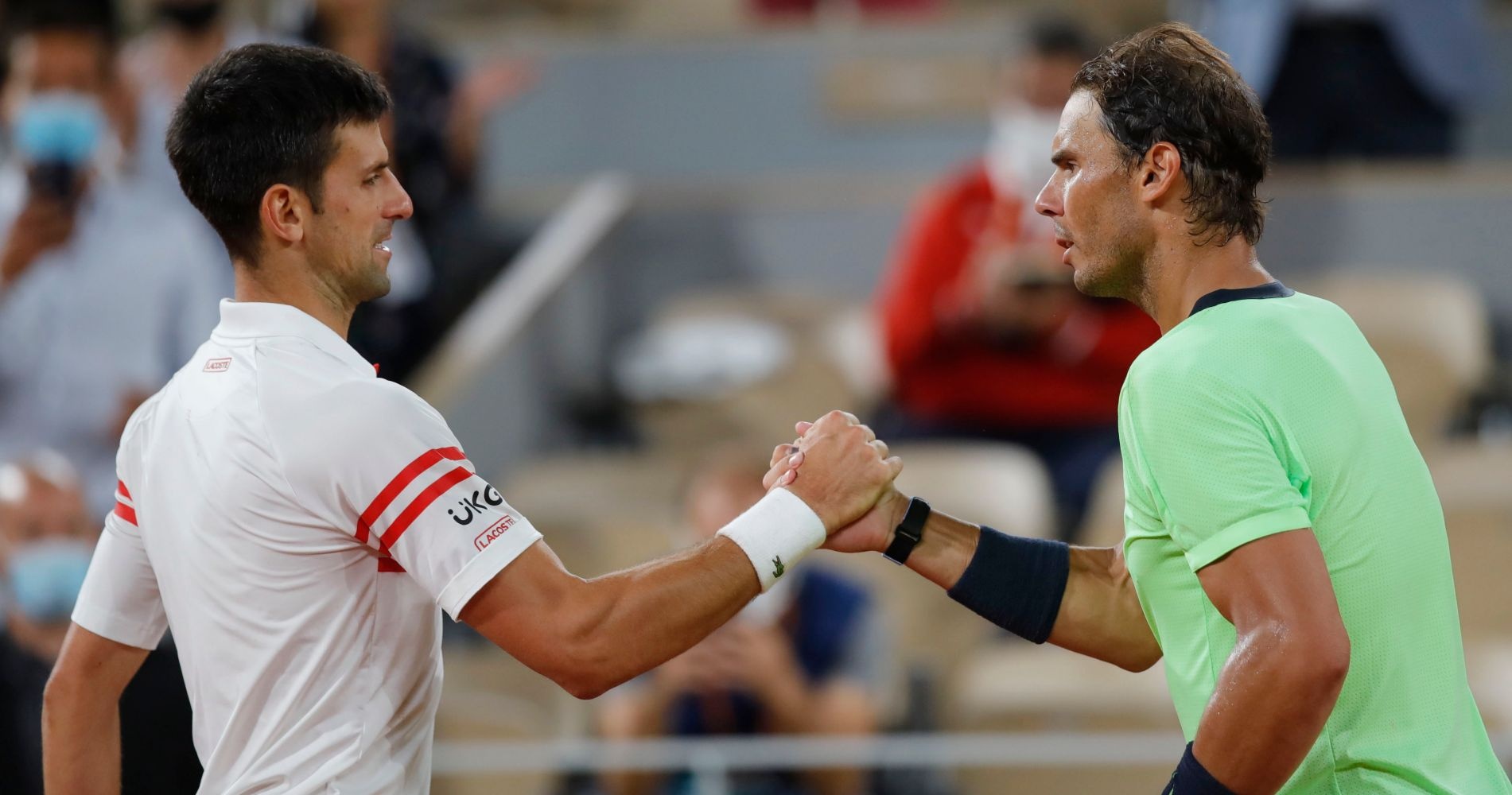
1. “Djokovic avoided giving Nadal forehand returns on the second serve”
“Djokovic varied between wide and T serves on both sides on first serves but avoided giving Nadal forehand returns on the second serve,” James explained in Roland-Garros. “Behind his serves he didn’t often change direction of the ball , playing mostly cross-court but avoiding short balls to Nadal’s forehand on the third shot of the rally.
He forced Nadal to play mostly backhands on the third shot after Nadal put in a second serve. Across both first and second serves on the deuce side, Djokovic returned mostly cross-court — especially on the second-serve returns. He was very effective when returning deep into both deep corners.
2. “Djokovic didn’t avoid Nadal forehand, he hit with quality on it”
“Djokovic didn’t avoid Nadal’s forehand, as some would suggest doing. Instead, he hit more winners and errors towards Nadal’s forehand than towards his backhand. He hit with quality to Nadal’s forehand, making winners or forcing Nadal into errors on that side — or opening up the court to step in and finish the point.
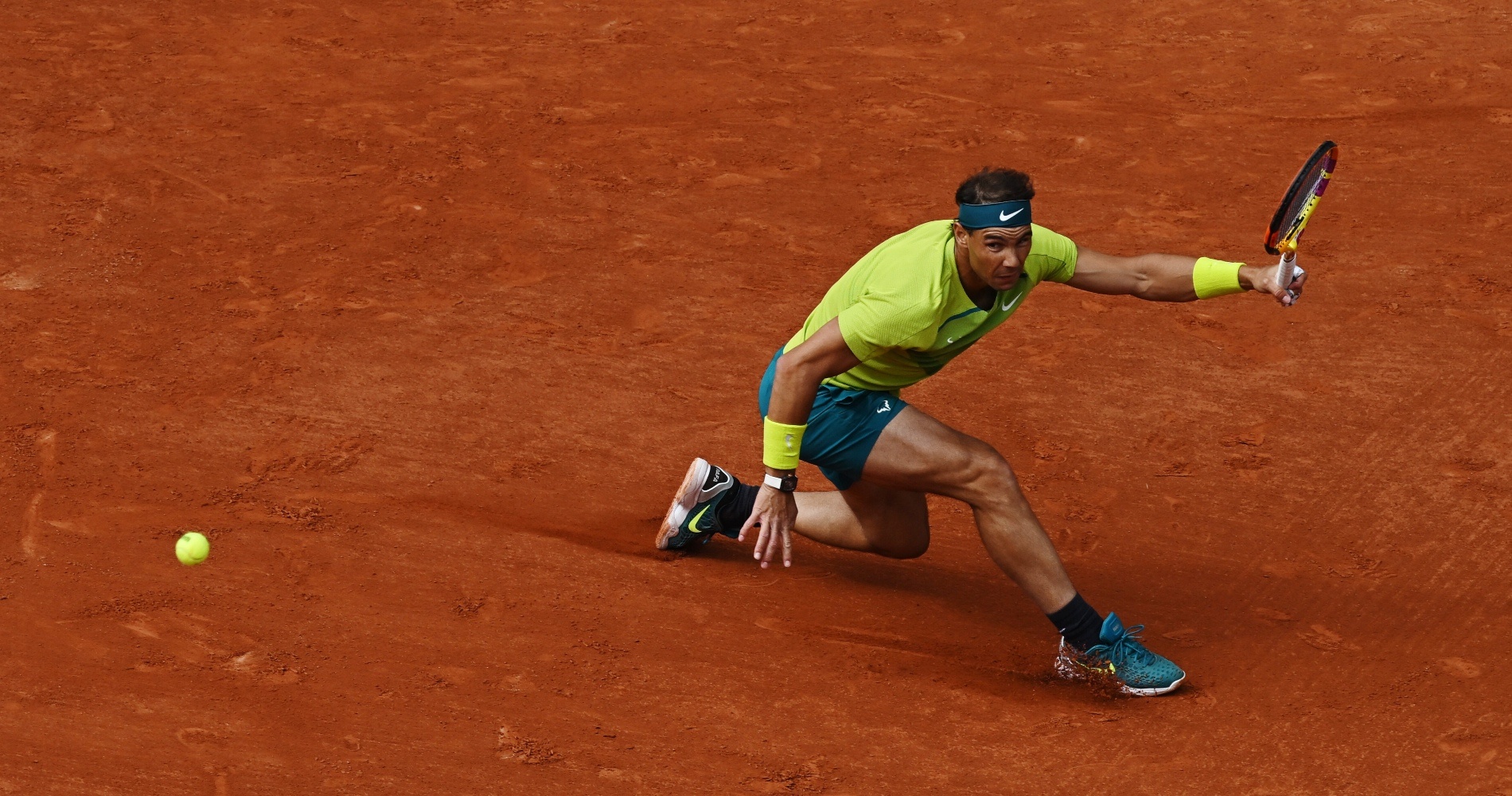
3. “Short angles on the backhand, deph on the forehand”
“The data suggests that Djokovic moved Nadal about rather than letting him sit in the backhand corner and use his forehand when he wanted. He used short angles towards Nadal’s backhand and depth to Nadal’s forehand. A lot of Nadal’s forced errors weren’t from too far out wide on both wings; Djokovic just opened up the court effectively. He kept Nadal behind the baseline and stepped in on his backhand and finished points.”
Mouratoglou expressed similar feelings in the latest episode of Eye of the Coach. The Frenchman highlighted Djokovic’s ability to play inside the baseline and dictate points as a big reason why he can have success against Nadal on clay.
Looking back at the 2021 match statistics, Djokovic struck 50 winners against Nadal — not an easy number to achieve in just four sets of a clay-court match against an opponent of Nadal’s defensive skill. Djokovic also ventured into net 31 times — more than twice as much as Nadal — and won 20 of those points.
Clearly he was the more aggressive player – once he get used to Nadal’s ball, very unique as Djokovic mentionned it in his analysis of the match. Nadal lead 5-0 in the first before losing 22 games and winning only 10.
Will the tactics outlined by James and Mouratoglou work for Djokovic again this time around? We will find out on Tuesday night….
